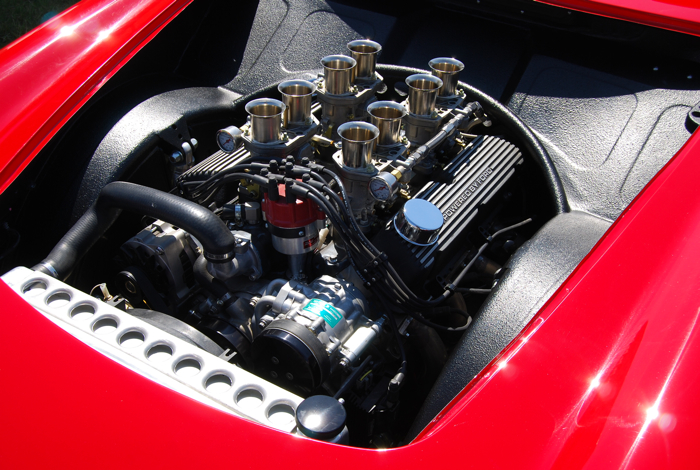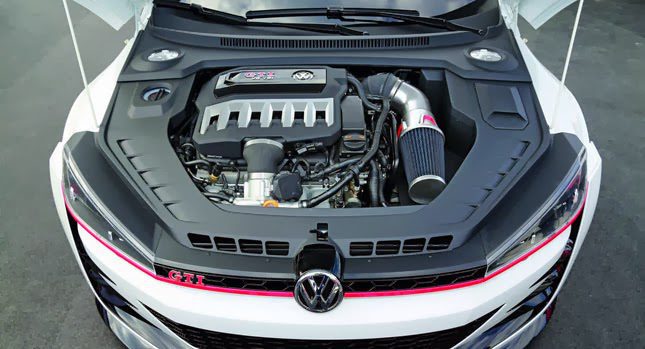Checking Out the Inner Workings of a Compact Vehicle's Engine System
As drivers, we usually consider given the intricate procedures that happen within the confines of our car's engine system. The compact yet intricate machinery that moves us onward is a marvel of design precision and control. From the controlled surges in the combustion chamber to the meticulous timing of gas injection, every part plays a vital duty in the smooth operation of the engine. In this expedition of a small vehicle's engine system, we will certainly unravel the internal workings of this mechanical harmony, dropping light on the mysteries that drive us ahead on our daily trips.
Burning Refine Overview
The combustion process in a portable vehicle's engine system is an essential mechanism that effectively transforms gas right into energy to power the car. This procedure takes place within the combustion chamber of the engine, where fuel and air mix, stir up, and produce regulated explosions. The combustion procedure consists of 4 major phases: intake, compression, power, and exhaust.
Throughout the consumption stage, the piston moves downward, attracting in a combination of air and gas into the combustion chamber. This down activity creates the power needed to drive the car. This cyclic burning procedure is basic to the operation of a compact car's engine system, making sure reliable energy conversion for propulsion.
Piston and Cylinder Communication

The piston's exact fit within the cylinder is essential for maintaining optimal compression and avoiding energy loss during combustion. Tight clearances between the piston and cylinder wall surfaces ensure efficient sealing, permitting the piston to move efficiently without permitting gases to leakage past. Correct lubrication is likewise crucial to minimize friction and wear in between these parts, boosting long life and efficiency.
Additionally, the design and materials made use of in making the piston and cylinder effect engine efficiency and resilience. Modern engines frequently use lightweight yet sturdy products like aluminum alloys for pistons and cyndrical tube liners to decrease inertia and enhance thermal performance. Generally, the harmonious communication between the piston and cyndrical tube is basic to the engine's performance and overall performance.
Fuel Shot System Functionality
Gas injection systems in portable vehicle engines play a crucial duty in exactly delivering gas to the combustion chamber for reliable and controlled ignition. The fuel shot system works by infusing fuel right into the combustion chamber at the optimum moment throughout the engine's procedure (opel corsa engine). This precise timing ensures that the gas blends equally with the air for appropriate combustion, causing enhanced fuel performance and decreased emissions
There are largely 2 sorts of fuel shot systems used in portable vehicle engines: port fuel shot (PFI) and direct fuel shot (DFI) PFI systems infuse fuel right into the click to read intake port before the consumption shutoff, while DFI systems inject fuel directly right into the burning chamber. Both systems have their advantages, with DFI using better fuel atomization and PFI supplying a more cost-effective remedy.
Understanding Engine Cooling Devices
Efficient operation of a small automobile's engine counts useful link heavily on the effectiveness of its cooling mechanisms. Engine cooling is necessary to avoid overheating, which can cause significant damage and decreased efficiency. The cooling system in a compact automobile commonly consists of several components interacting to manage the engine temperature level. One critical component is the radiator, which uses coolant to absorb heat from the engine. As the hot coolant flows through the radiator, it releases warmth right into the air, cooling prior to going back to the engine. The water pump flows the coolant via the engine and radiator, ensuring a consistent circulation to manage temperature level. In addition, the thermostat aids manage the coolant circulation to preserve ideal engine temperature. Some cars also have cooling fans that trigger when extra cooling is needed, such as throughout rush hour or hot weather condition. Understanding these engine air conditioning devices is vital for keeping the efficiency and durability of a portable lorry's engine system.

Exhaust System Components Explained
The optimum performance of a portable car's engine cooling devices depends on a complementary system referred to as the exhaust system, which makes up various vital components for making sure efficient discharges and engine performance. The exhaust system includes parts such as the exhaust manifold, catalytic converter, muffler, and tailpipe. The exhaust manifold gathers exhaust gases from the engine's paths and cyndrical tubes them to the catalytic converter. The catalytic converter then transforms dangerous pollutants in the exhaust right into less unsafe discharges before launching them through the muffler and tailpipe.
One critical component of the exhaust system is the oxygen sensor, which checks the oxygen levels in the exhaust gases to assist manage gas consumption and make certain optimal engine performance. opel corsa engine. In addition, the resonator might be present in some exhaust systems to minimize sound degrees. Overall, the exhaust system plays a crucial duty in maintaining engine efficiency, minimizing harmful emissions, and making sure a quieter driving experience for portable lorry proprietors

Final Thought
Finally, the compact lorry's engine system is a complex combination of components that function together to promote the combustion process, convert fuel right into power, and expel waste gases. Comprehending the internal operations of the engine system, consisting of the piston and cyndrical tube interaction, gas injection system, engine cooling systems, and exhaust system parts, is crucial for maintaining ideal performance and effectiveness of the automobile.
The combustion process in a small car's engine system is an essential device that successfully transforms gas right into power to power the automobile.Gas injection systems in small vehicle engines play an essential role in precisely supplying gas to the burning chamber for controlled and efficient ignition.There are over at this website primarily two kinds of gas injection systems utilized in compact vehicle engines: port gas shot (PFI) and straight gas injection (DFI) Understanding these engine air conditioning devices is essential for preserving the performance and longevity of a compact vehicle's engine system.
The optimum performance of a compact vehicle's engine air conditioning systems depends on a complementary system known as the exhaust system, which consists of different essential parts for making certain reliable exhausts and engine performance.